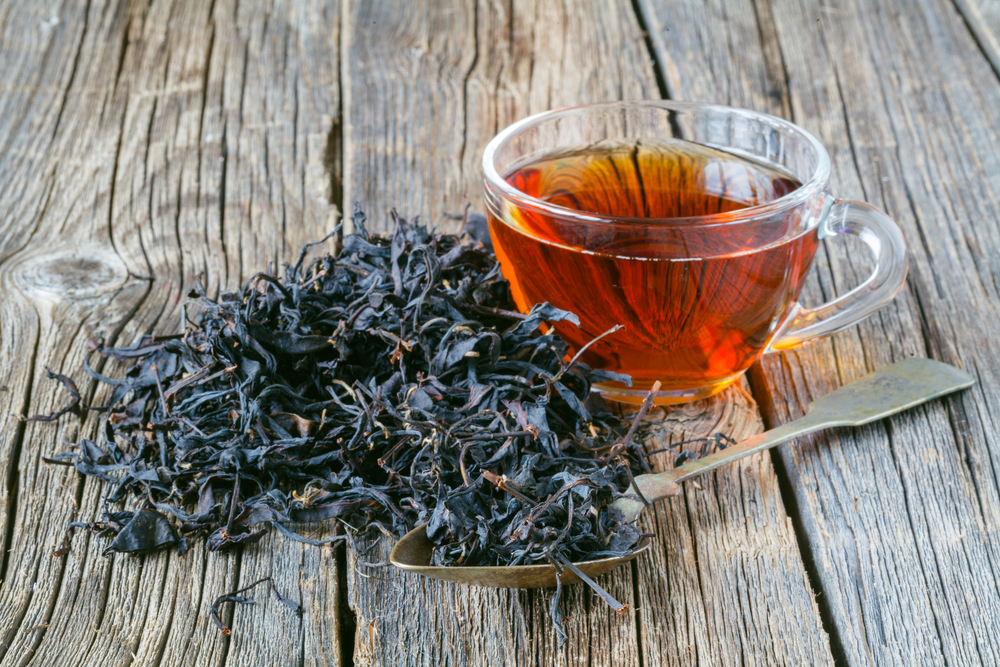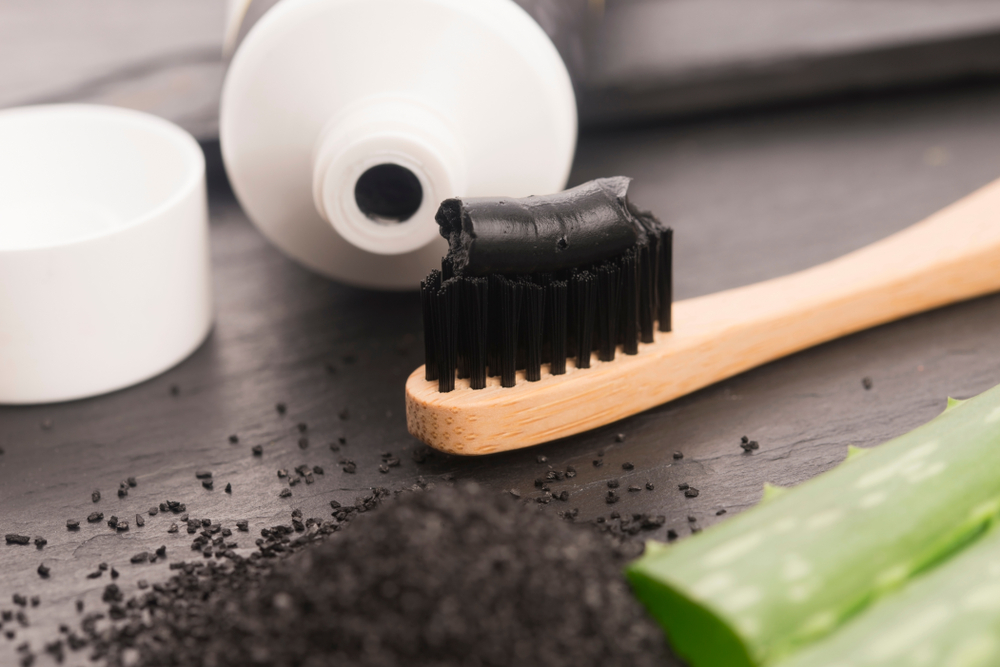Nutrients and Supplements That Can Improve Your Sleep Quality
Did You Know Vitamin D Improves Sleep? If you intend to live a long and healthy life, sleep needs to be a priority. Anyone struggling with chronic disease — which is at least half the adult population in the U.S. — would be wise to take heed, as sleep cannot only contribute to the problem but also counteract any healthy lifestyle strategies you’re using to address it. As a general guideline, seek to get right around eight hours of sleep every night. Anything below seven hours really starts to impact your health (if you’re an adult). The good news is there are many ways to improve your sleep, including nutrients, which is the main focus of this article. While I don’t recommend relying on sleep aids long-term, certain supplements can help improve sleep, and can be used while you’re implementing more permanent changes. A number of vitamins, minerals, amino acids and hormones are also critical for sleep quality, and deficiency in one or more of them may be part of your problem if you’re struggling with poor sleep. Lastly, I’ll address two commonly overlooked environmental factors that can rob you of sleep, namely your exposure to blue light and electromagnetic fields (EMFs). Three Vitamins That Improve Sleep While you’re probably aware of one or more herbs that can help you sleep, few are aware that certain nutrient deficiencies can wreak havoc on your sleep. As noted by Drs. Arielle Levitan and Romy Block, who wrote “The Vitamin Solution: Two Doctors Clear the Confusion About Vitamins and Your Health,” vitamin deficiency is “an often-overlooked factor in sleep problems … We need adequate levels of key nutrients to get good quality sustained sleep.”1 Three vitamins known to have this kind of influence include: • Vitamin D: A number of studies have linked low vitamin D to poor sleep quality,2 and have shown reaching and maintaining a vitamin D level of 60 to 80 ng/mL can improve sleep.3 According to the authors: “Comparisons of brain regions associated with sleep-wake regulation and vitamin D target neurons in the diencephalon and several brainstem nuclei suggest direct central effects of vitamin D on sleep. We propose the hypothesis that sleep disorders have become epidemic because of widespread vitamin D deficiency.” • Vitamin C: Research4 published in PLOS ONE found those with low vitamin C in their blood reported more trouble sleeping, and were more likely to experience interrupted sleep. Foods high in vitamin C include5 guava, red and green bell pepper, kiwi, oranges, strawberries, papaya and broccoli. If opting for a supplement, I’d recommend liposomal vitamin C, as it has better absorption. • Vitamin B12: Low B12, which is extremely common in the general population but even more so among vegans and vegetarians, is known to cause neurological problems, including disturbed sleep. Levitan and Block recommend getting 250 to 500 micrograms (mcg) per day to avoid deficiency symptoms. Minerals That Influence Sleep Quality Similarly, certain minerals are important for sleep [...]












